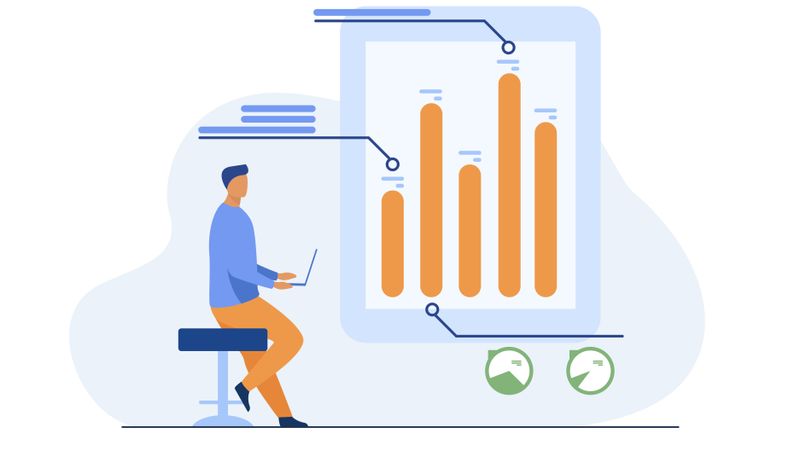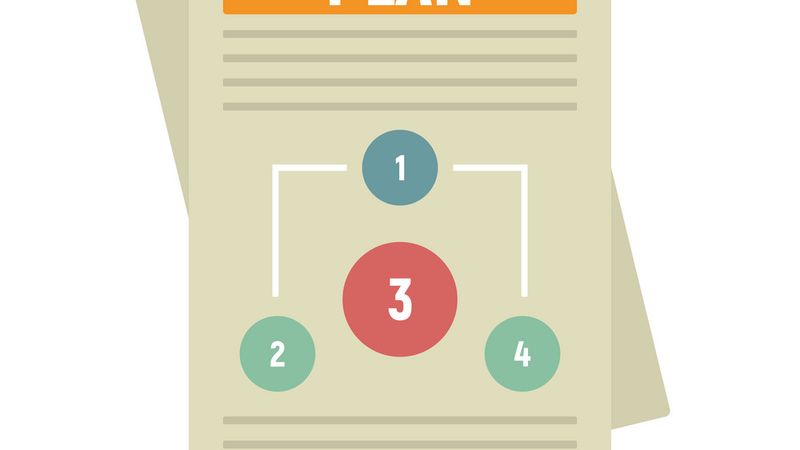
IMPACTS OF AGGREGATE MINING ON AQUATIC BIODIVERSITY
Publication Files
| Action | Filename | Original Name | Size | Mime Type | Action |
|---|---|---|---|---|---|
| Download | pub_1629468961253.pdf | Impact of Mining on Aquatic Biodiversity.pdf | 2.39 MB | application/pdf | View Document |
Publication Details
- Source
- Category
- Technical Reports
- Publisher
- USAID Paani Program
- Contributor
- JEREMY KEETON, DR. DEEPAK RIJAL, BHAWANI DONGOL, SURESH WAGLE, NARAYAN BELBASE, INDIRA RAI AND ARUN POUDYAL, BANDANA AWASTI, JAGADISH BHATTA AND PUSPA TIWARI FROM PAANI WITH CONSULTANTS DR. PRAKASH ULAK AND DR. NARAYAN GHIMIRE
- Rights
- USAID Paani Program
- Language
- English
- Content
- The Mahakali and Karnali rivers belong to the Bhabar zone of the Indo-Gangetic Plain, Nepal Himalaya. These snow fed rivers flowing north to south widen and disperse as they come out from the high elevation terrain of churia (mid-hills) and enter the plains, where they enlarge into almost 2 km of flood plain. This leads to heavy sediment deposits of nutrient rich sediments, gravel, sand, and boulders, enriching the landscape and serving as prime habitat for aquatic biodivesity. Due to high gradient and weathering of the rocks, these rivers carry large volumes of aggregate and sediment loads and deposit them in the flood plain areas. The size of the sediments ranges from coarse to fine as the river system travels downstream (Upreti and Le Fort 1999; Upreti, 1999).






